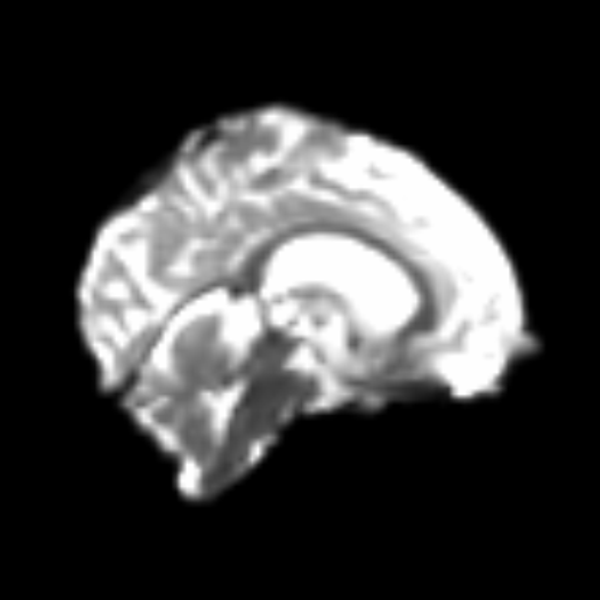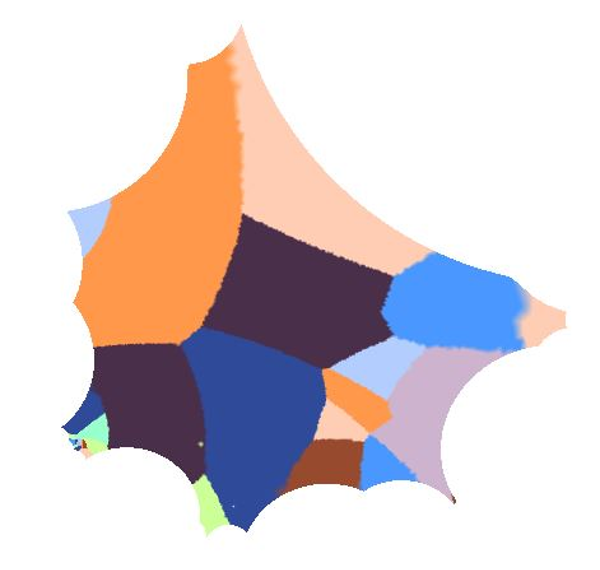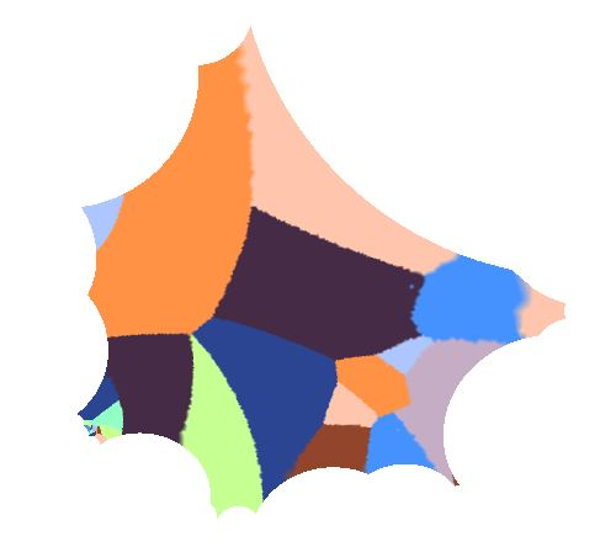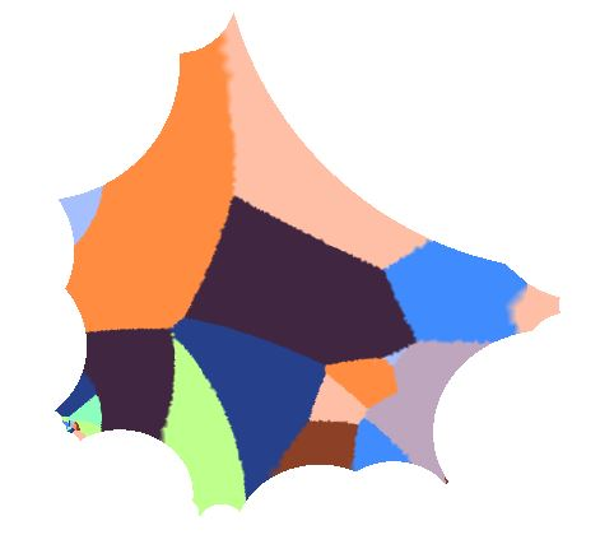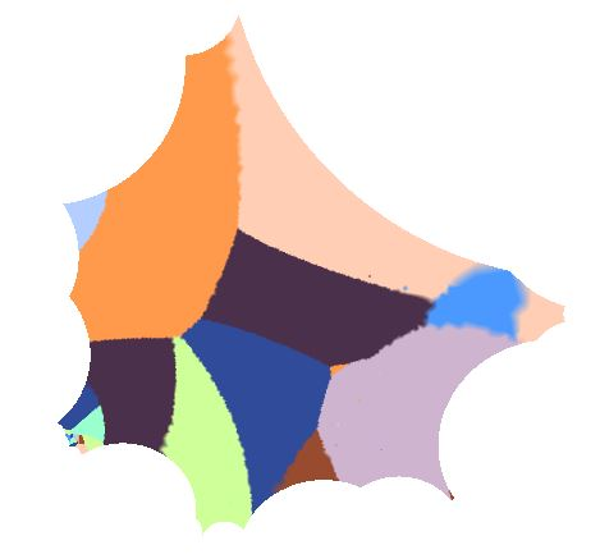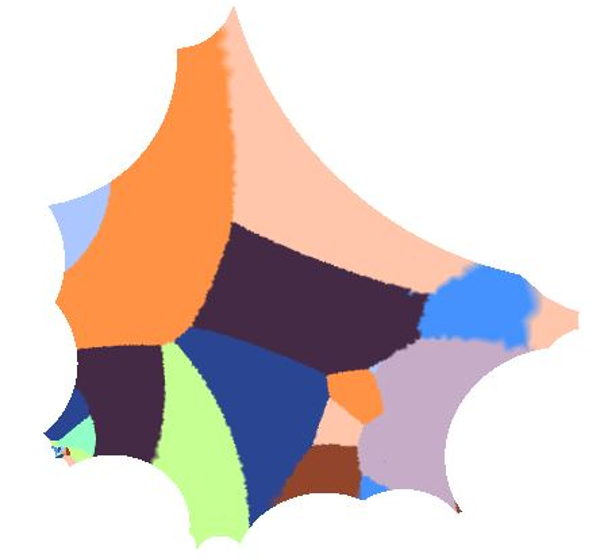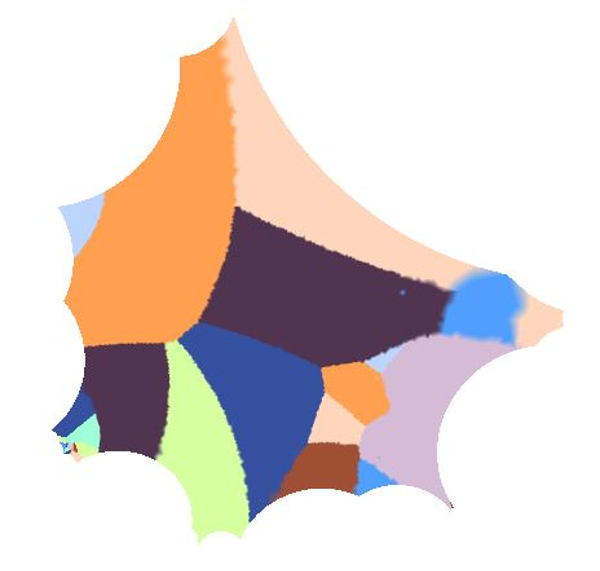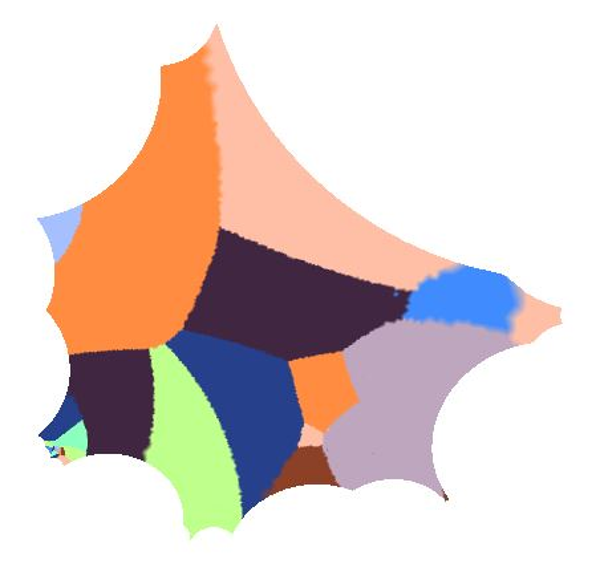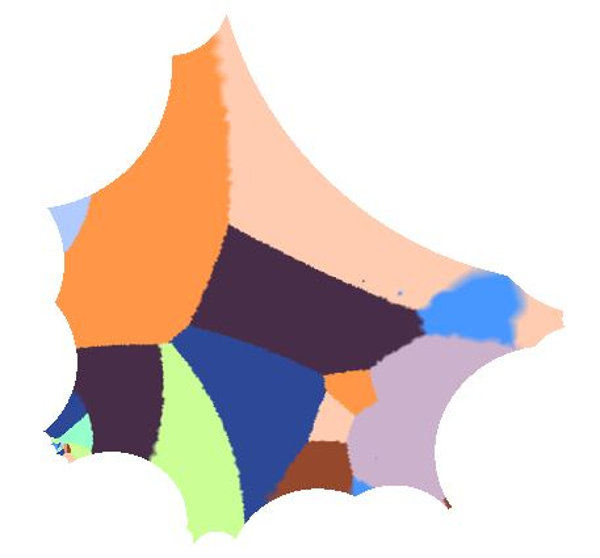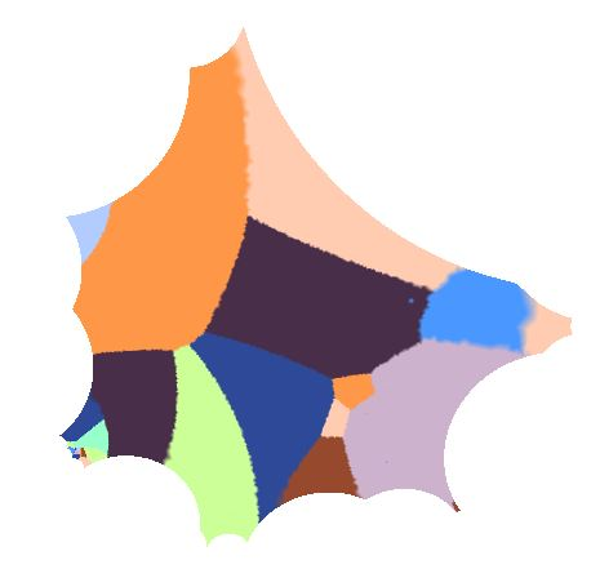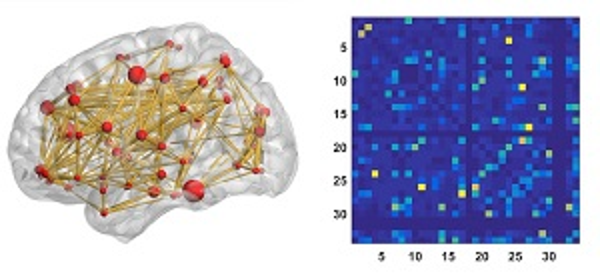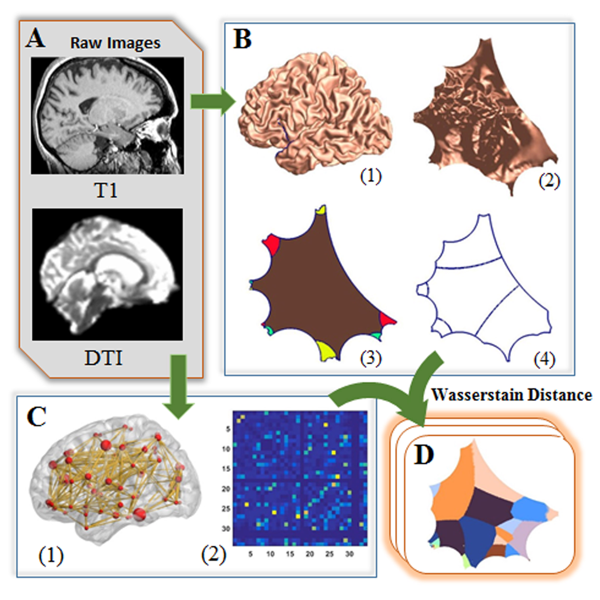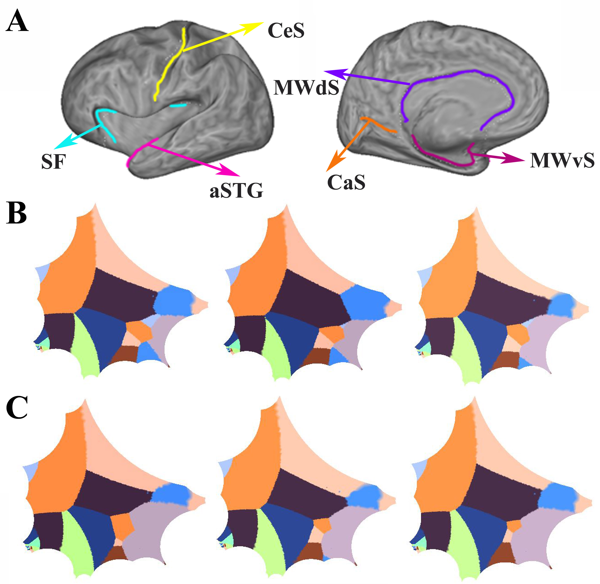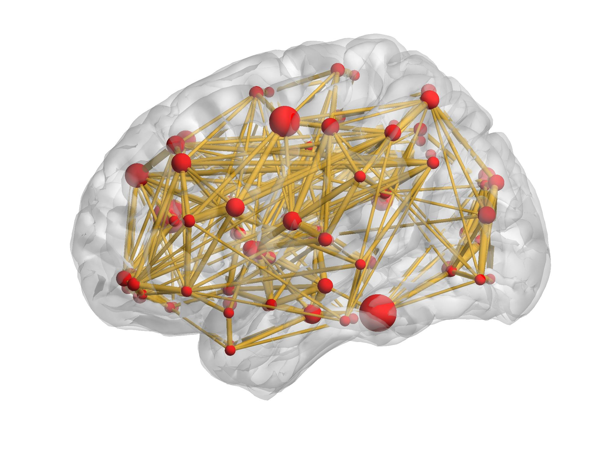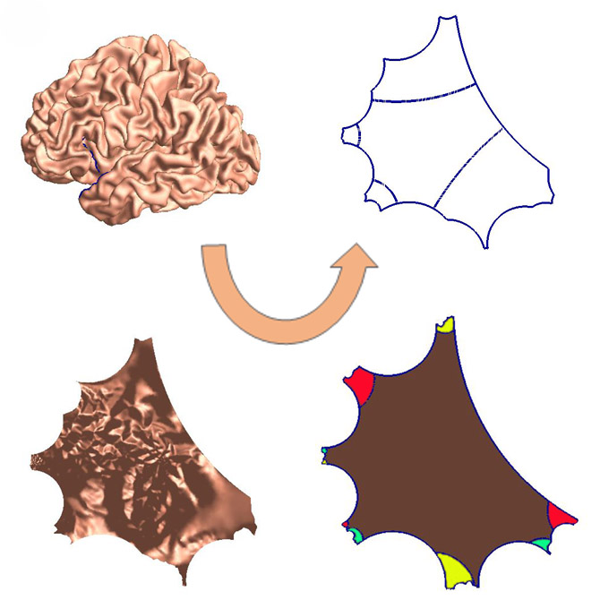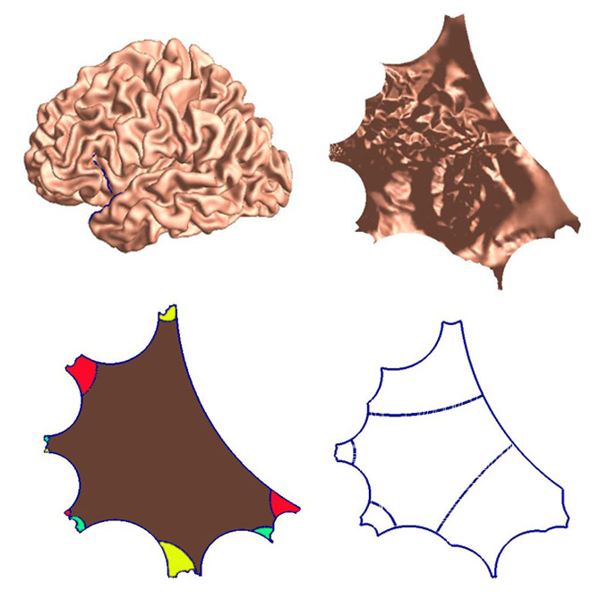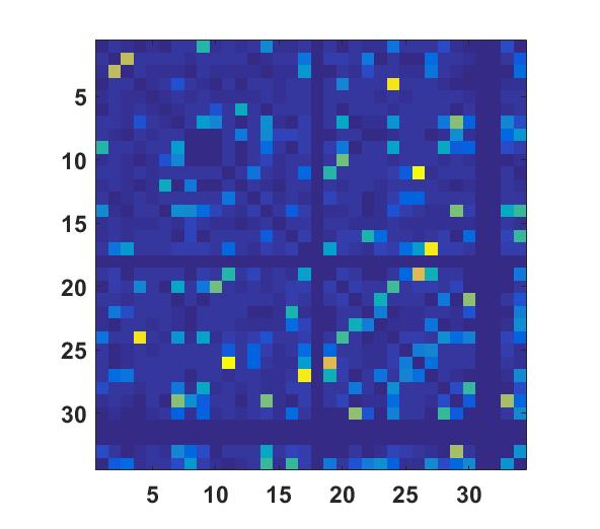Enhancing Diffusion Mri Measures by Integrating Grey and White Matter Morphometry With Hyperbolic Wasserstein Distance
Wang G, Dong Q, Wu J, Su Y, Chen K, Su Q, Zhang X, Hao J, Yao T, Liu L, Zhang C, Caselli RJ, Reiman EM, Wang Y, ADNI Group
Abstract
In order to improve the preclinical diagnose of Alzheimer’s disease (AD), there is a great deal of interest in analyzing the AD related brain structural changes with magnetic resonance image (MRI) analyses. As the major features, variation of the structural connectivity and the cortical surface morphometry provide different views of structural changes to determine whether AD is present on presymptomatic patients. However, the large scale tensor-valued information and relatively low imaging resolution in diffusion MRI (dMRI) have created huge challenges for analysis. In this paper, we propose a novel framework that improves dMRI analysis power by fusing cortical surface morphometry features from structural MRI (sMRI). We first compute the hyperbolic harmonic maps between cortical surfaces with the landmark constraints thus to precisely evaluate surface tensor-based morphometry. Meanwhile, the graph-based analysis of structural connectivity derived from dMRI is conducted. Next, we fuse these two features via the optimal mass transportation (OMT) and eventually theWasserstein distance (WD) based single image index is computed as a potential clinical multimodality imaging score. We apply our framework to brain images of 20 AD patients and 20 matched healthy controls, randomly chosen from the Alzheimer’s Disease Neuroimaging Initiative (ADNI2) dataset. Our preliminary experimental results of group classification outperformed those of some other single dMRIbased features, such as regional hippocampal volume, mean scores of fractional anisotropy (FA) and mean axial (MD). The novel image fusion pipeline and simple imaging score of structural changes may benefit the preclinical AD and AD prevention research.
Figures (click on each for a larger version):
Related Publications
- Jie Shi, Wen Zhang, Yalin Wang, Shape Analysis With Hyperbolic Wasserstein Distance, The IEEE Conference on Computer Vision and Pattern Recognition (CVPR), 2016, pp. 5051-5061
- Mi Liang, Zhang Wen, Zhang J, Fan Y, Goradia D, Chen K, Reiman EM, Gu X, Wang Y, An Optimal Transportation based Univariate Neuroimaging Index, IEEE International Conference on Computer Vision (ICCV), 2017
- Zhang W, Shi J, Yu J, Zhan L, Thompson PM, Wang Y , Enhancing Diffusion MRI Measures by Integrating Grey and White Matter Morphometry with Hyperbolic Wasserstein Distance, IEEE International Symposium on BIOMEDICAL IMAGING: From Nano
